Beginner Guide: How Temperature Affects Sourdough
Throughout my years of baking bread and working with dough, I haven’t always fully appreciated how significantly temperature affects the dough. I’ve always known my rises take longer in the winter and often go faster in the summer, but only when I started working with a lot of sourdough breads did I realize how much temperature affects sourdough, and how important it is in baking.
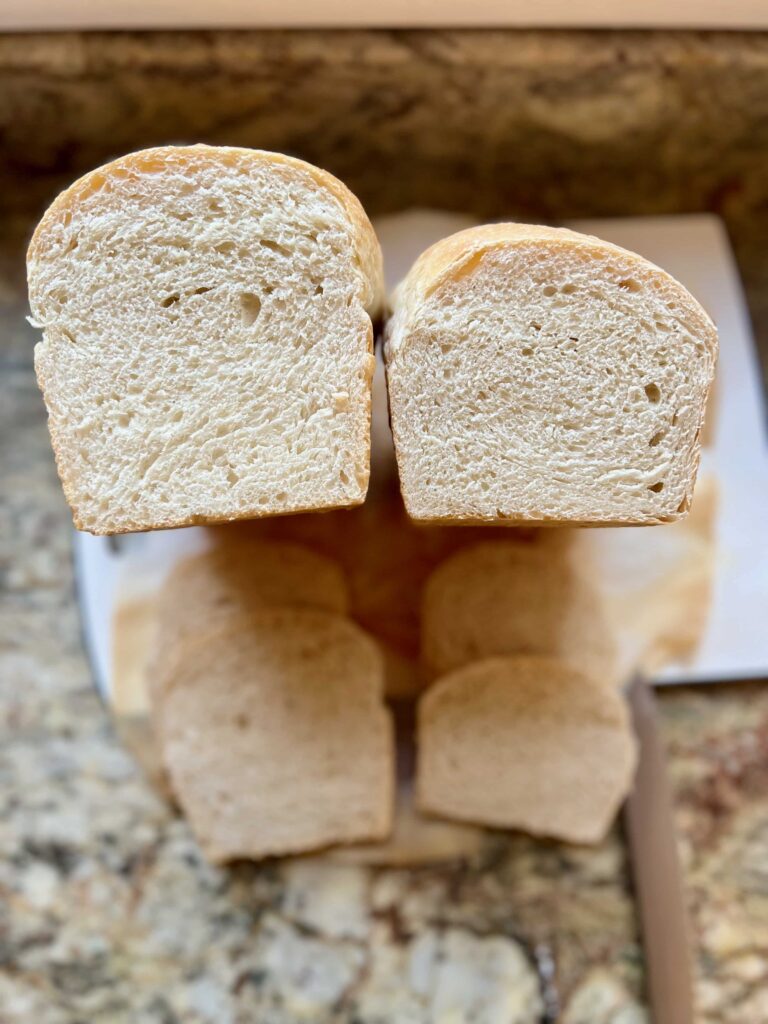
Temperature Affects Time
Temperature is one of the most important variables in making sourdough bread. It will affect how quickly your starter will rise and fall (or if it will rise and fall). The wild yeast and bacteria in a sourdough starter perform best together in a temperature of 76-78 degrees Fahrenheit. This temperature is where those wild yeast – and the bacteria that make up a sourdough starter – are going to be the most active. If your starter/levain/dough is under 70 degrees, it’s going to take a lot longer for the fermentation process to take place. If your starter/levain/dough is in the high 80s, this fermentation process can move too quickly, resulting in an overly sour taste. I always shoot for 76-80 degrees F for the “room temperature” of my sourdough.
As a beginner baker (and even as an intermediate/advanced baker) it is helpful to take the temperature of your dough with a thermometer throughout the sourdough process.
Taking the temperature will tell you so much about the fermentation process and will allow you to gauge when your dough will be ready for the next stage. Dough that is colder than 75 degrees Fahrenheit will take longer to rise. Dough warmer than 78 degrees Fahrenheit will move very quickly through the fermentation process.
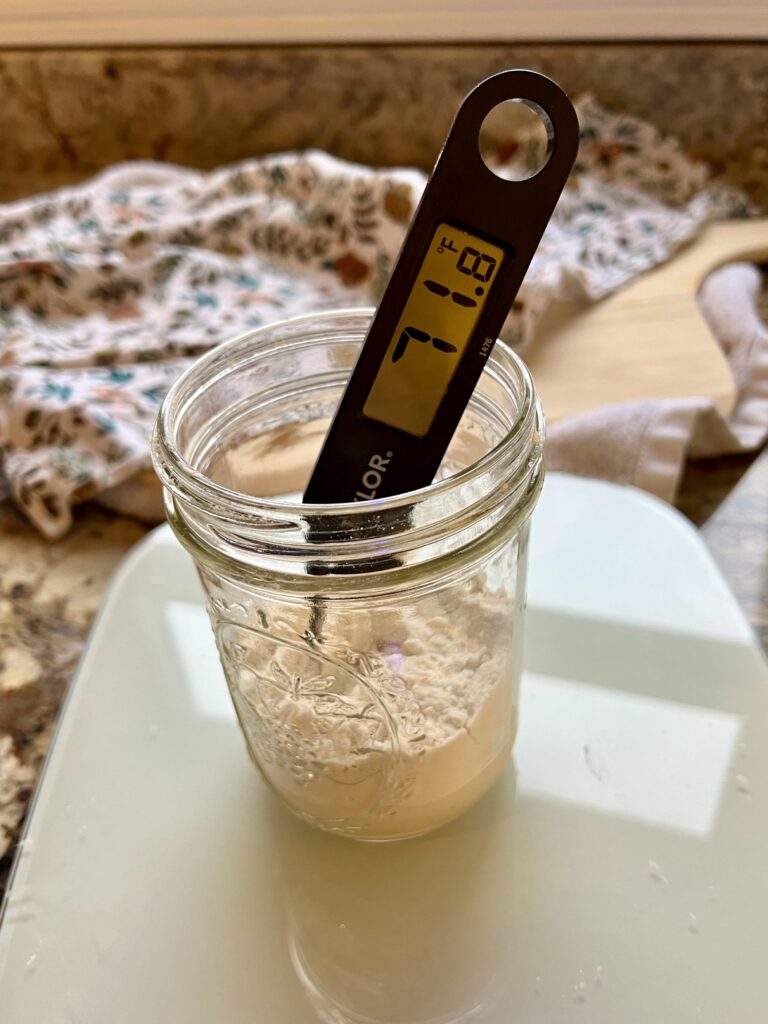
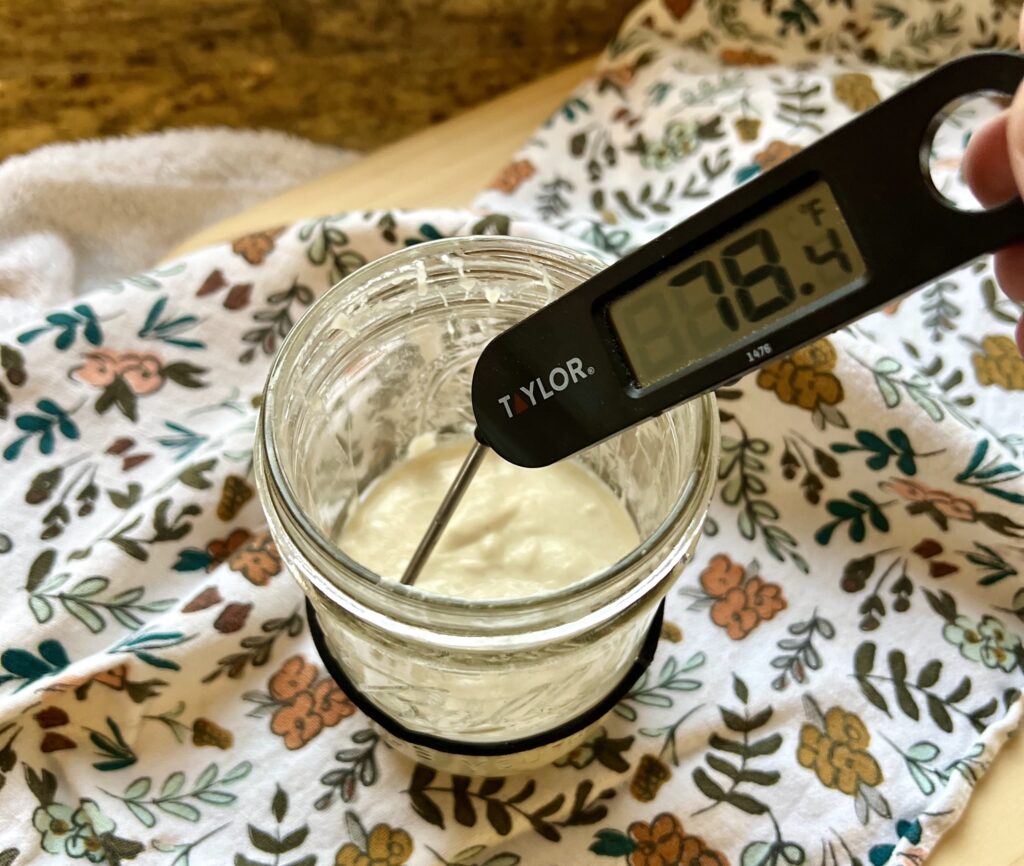
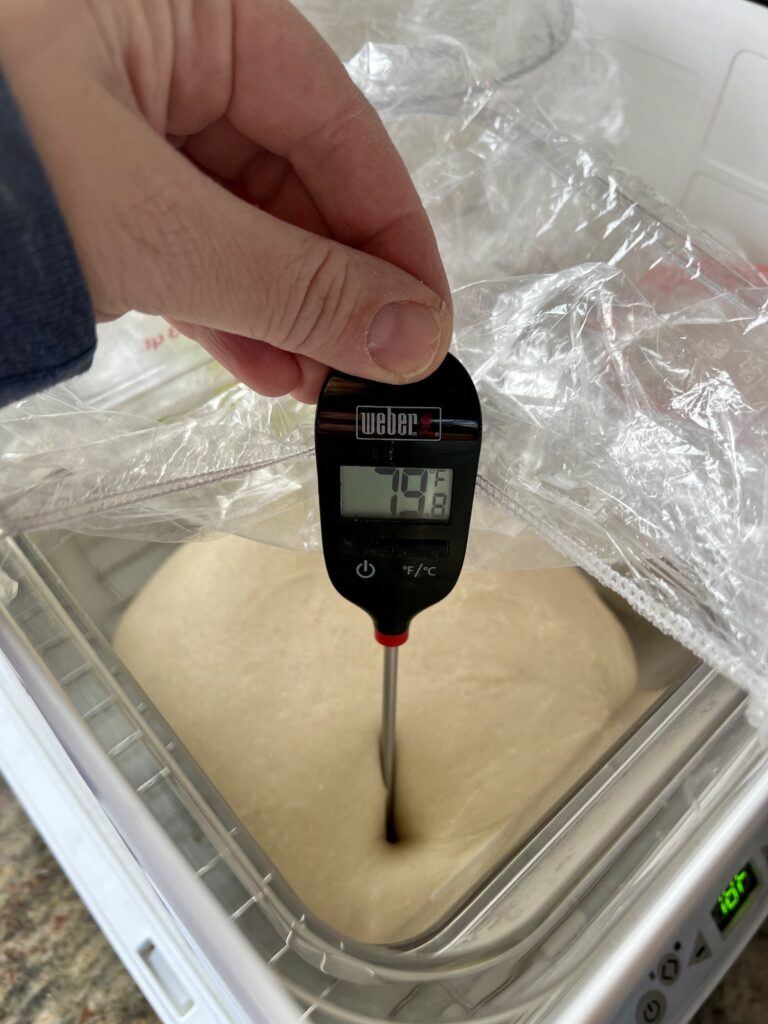
Water Temperature in Sourdough Baking
Of all the ingredients added in sourdough bread, water is the main ingredient that is really easy for us to control the temperature of. This means that we can be strategic when adding water and make it warmer or colder to compensate if the starter/levain/dough temperature is not what we want it to be. Adding cool water will bring the temperature of our ingredients down. Adding warm water will increase the temperature of our ingredients.
Example: I take the temperature of each ingredient before mixing my bread. Using a thermometer I quickly check the temperature of the flour, salt and levain. They are all under 70 degrees. It is winter so I know the ambient temperature is in the 60s. I add hot (90-95 degree water) to my dough and mix it together. Then I take the temperature of the dough after mixing. It is 70 degrees. I put my dough in a bread proofer set at 78 degrees (or other warm place) because my dough is cold, and I want to bring the temperature up to my desired 74-78 degree range. I know that my dough may take a little longer to ferment because the dough temperature is cooler than it should be.
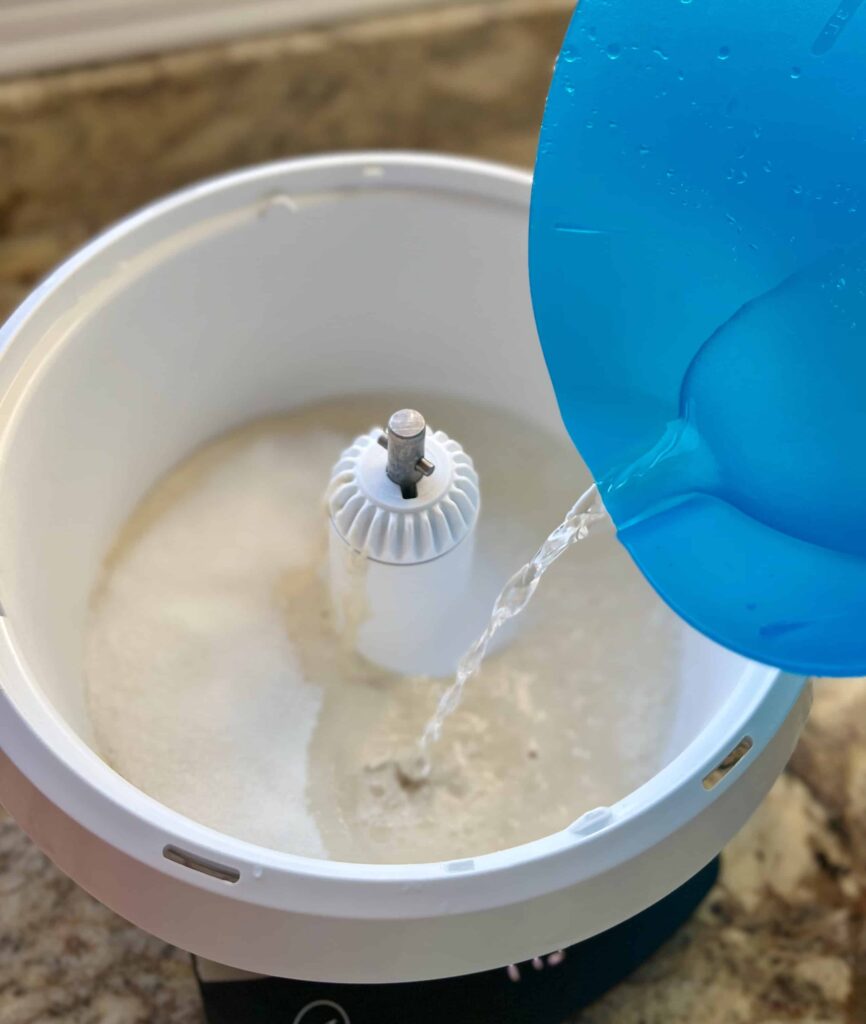
Too Hot and Too Cold
Sourdough performs really well anywhere from 74-86 degrees F (optimal 76-80). The goal is to stay within that range for as much time as possible. So what happens if the dough (or starter/levain) get too hot or too cold?
- Too Cold (68 degrees and below): At these cold temperatures, fermentation will go very slowly and may even not take place at all.
- Too Hot (90 degrees or above): If the temperature of your dough is too hot, yeast will ferment quickly, often adding a more sour flavor to your bread. Temperatures above 120 degrees can kill the yeast. I try not to add water above 100 degrees Fahrenheit to my sourdough.
Can I increase the temperature of my sourdough to make my starter or dough rise faster?
Yes. This is especially helpful for breads that aren’t as high hydration. Sandwich bread and cinnamon rolls, for example, don’t have as much water in the dough which means that they will often take longer to proof. I usually increase the temperature of the dough in these instances, trying to get them in the mid-80 degree F range, so they will proof a little faster and get light and airy. You can play around with adjusting temperatures and see how it works for your bread dough.
My house is cold! What happens if my starter or dough is colder than the optimal 78ºF temperature?
If your dough or starter is cooler than 78ºF, that’s okay. You just need to understand that the starter and dough may take longer to rise and account for that in your baking schedule. You may need to adjust your feeding ratios or increase the amount of starter you use in your dough if your dough is colder.
My house is too warm! What happens if my starter or dough is warmer than the optimal 78ºF temperature?
If you live in a warmer climate, your starter or dough may be warmer than 78ºF. Be aware that your starter and dough will ferment faster and can tend to be more acidic. Your sourdough starter will need frequent refreshing. You may need to adjust your feeding ratios and decrease the amount of starter you use in your dough. Also use cool water when mixing and refrigerate your dough as needed throughout the process to bring the temperature down. The Sourdough Home from Brod & Taylor is a great product for keeping your sourdough starter in the optimal temperature range for a warm environment.
Ideas for Keeping Your Sourdough Starter Warm
I live in a place with four distinct changing seasons. In the summer my house is humid and hot (despite using A/C). In the winter it is cold and usually in the 60 degree range. Throughout spring and fall, the days will vary in temperature inside my house. This can make it difficult to have consistent results. I find that I am more frequently needing to work to warm up my dough in the winter than I am trying to cool it down in the summer. Here are a few ways I have used to keep my sourdough warm when the ambient temperature is cold:
- Pseudo-Proofing Box: Stick your sourdough in an oven with the oven turned OFF. Turn the light on in the oven and let the sourdough sit in there. Take the temperature with a thermometer every so often to make adjustments as needed-sometimes you need to turn the light off if the oven is getting too warm.
- Warming Mat: I like this one from Bakehouse Essentials -Large size (code: AMYBAKES10 for 10% OFF, affiliate link). You can set the temperature and it works great for starter and dough. You can also try a seedling mat which should use a buffer and is more difficult to control the exact temperature.
- Proofing Box: I recently purchased this Brod & Taylor proofing box. I absolutely love it. It folds up easily for storage and has made a huge difference in keeping my sourdough right in that 78 degree F range.
- Finding other warm places: Near a fireplace or above an appliance are examples of places that are warmer. Check the dough with a thermometer to make adjustments if needed.
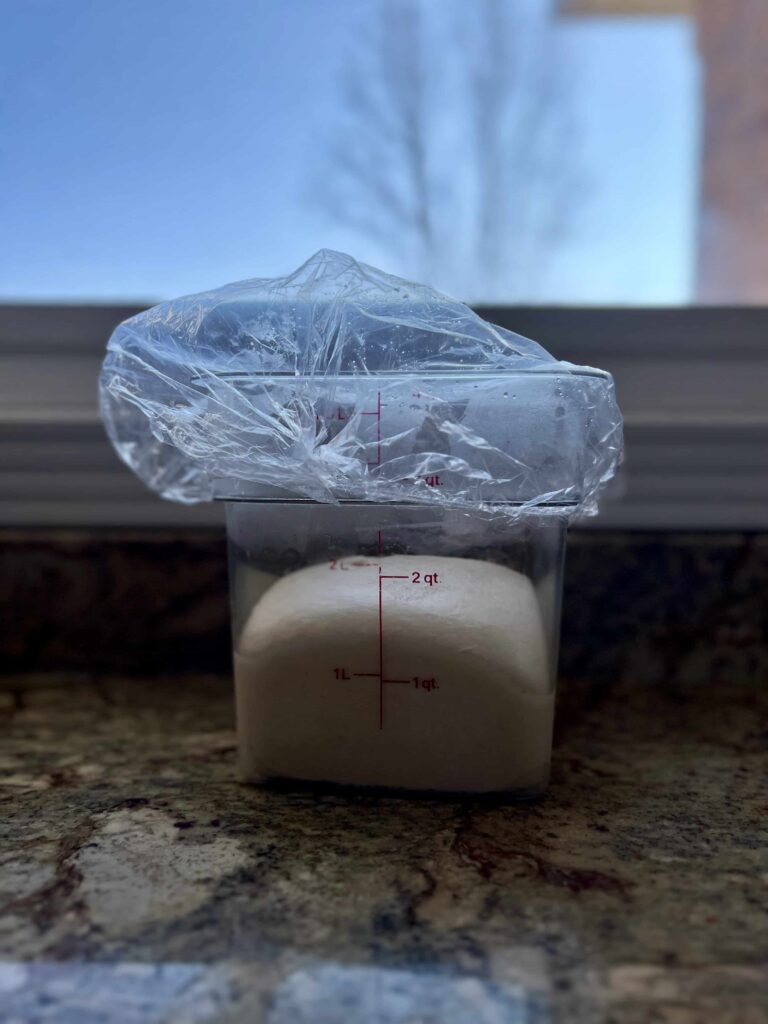
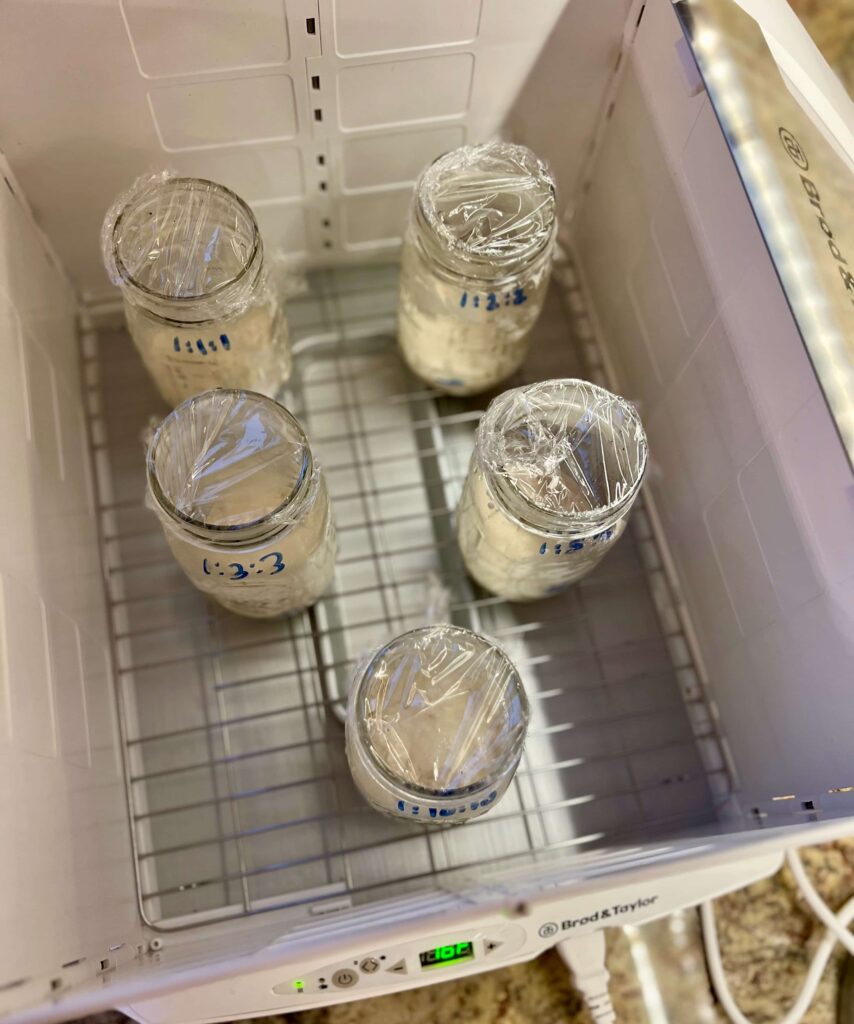
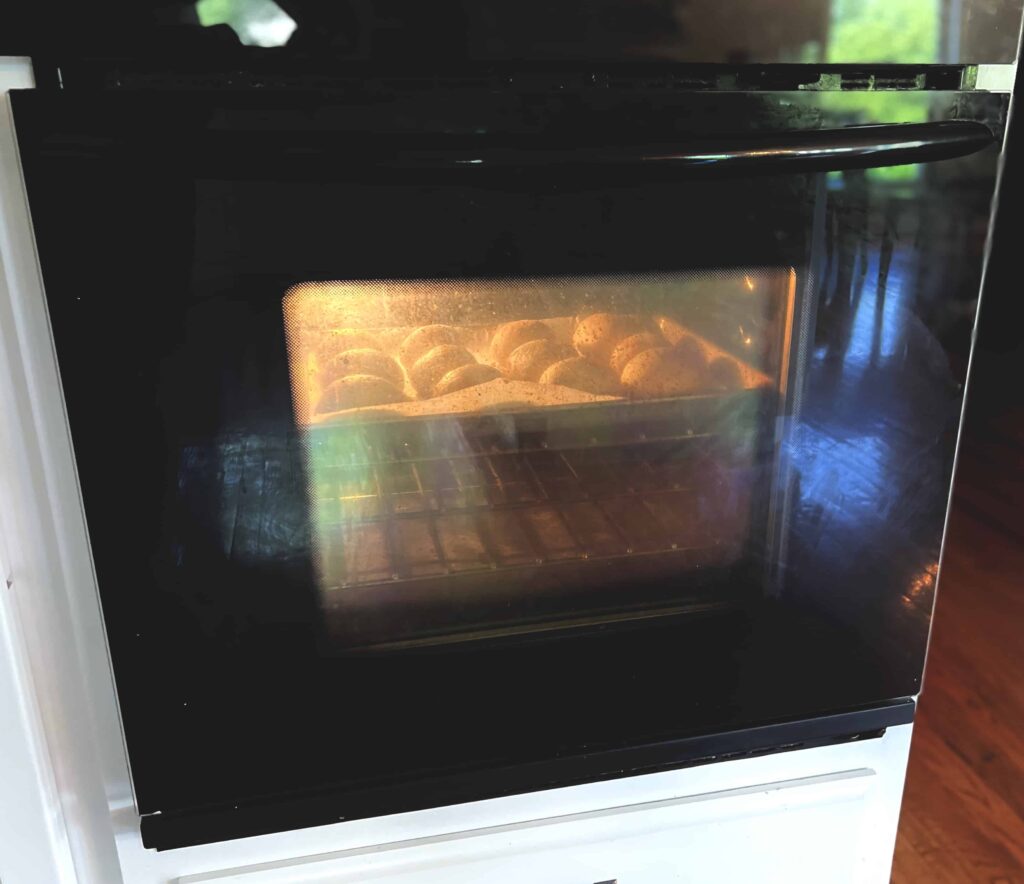
Sourdough Beginner Guide
Want more in-depth Sourdough instruction?
Check out my online sourdough classes or take a class in person.

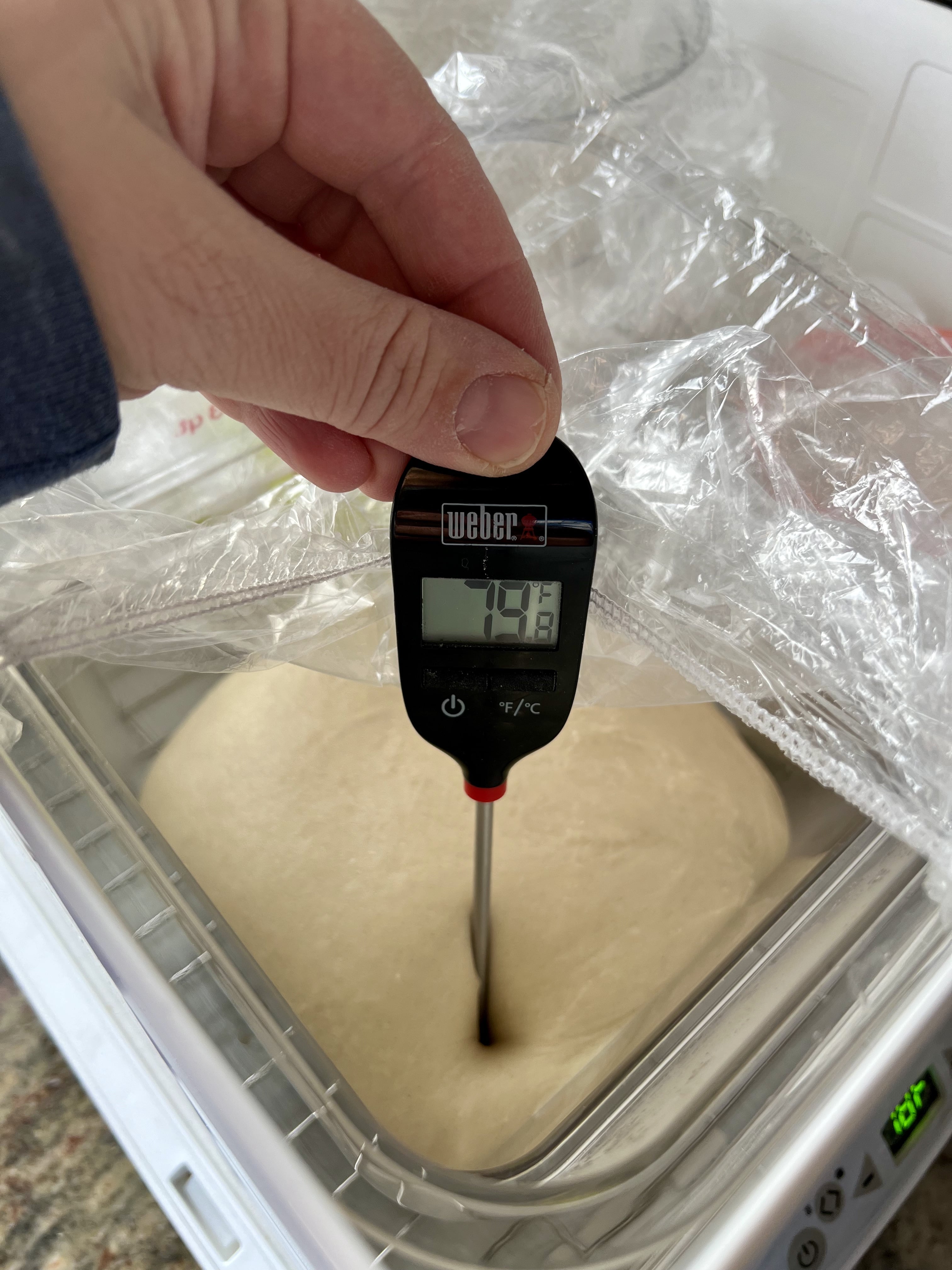
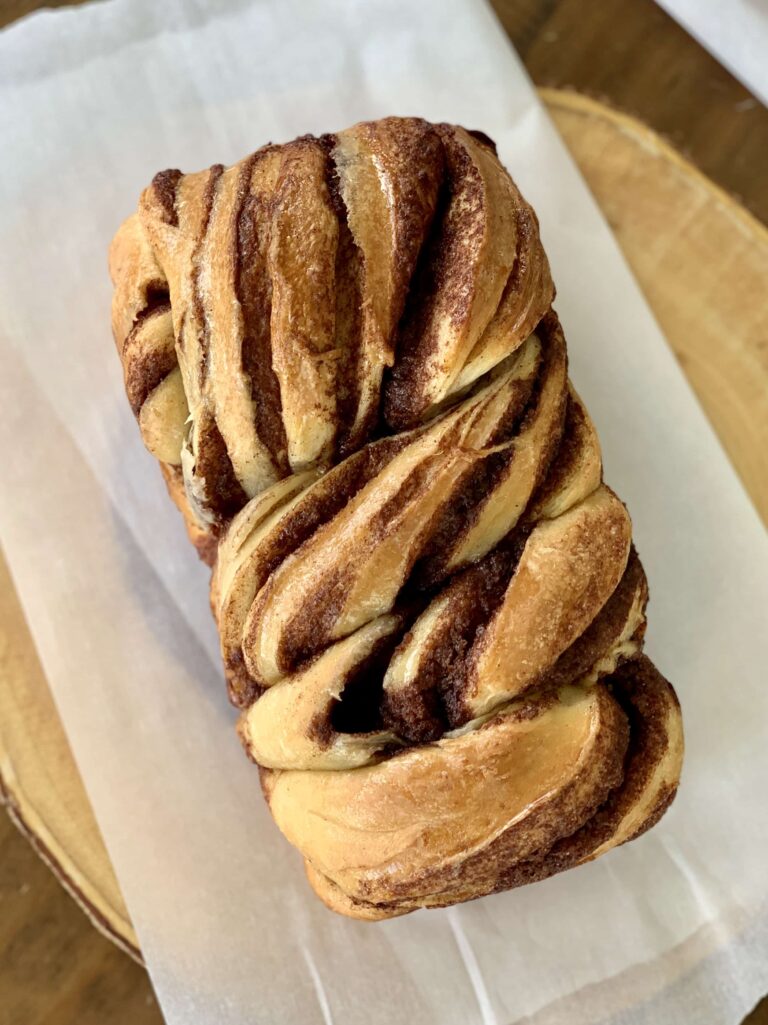
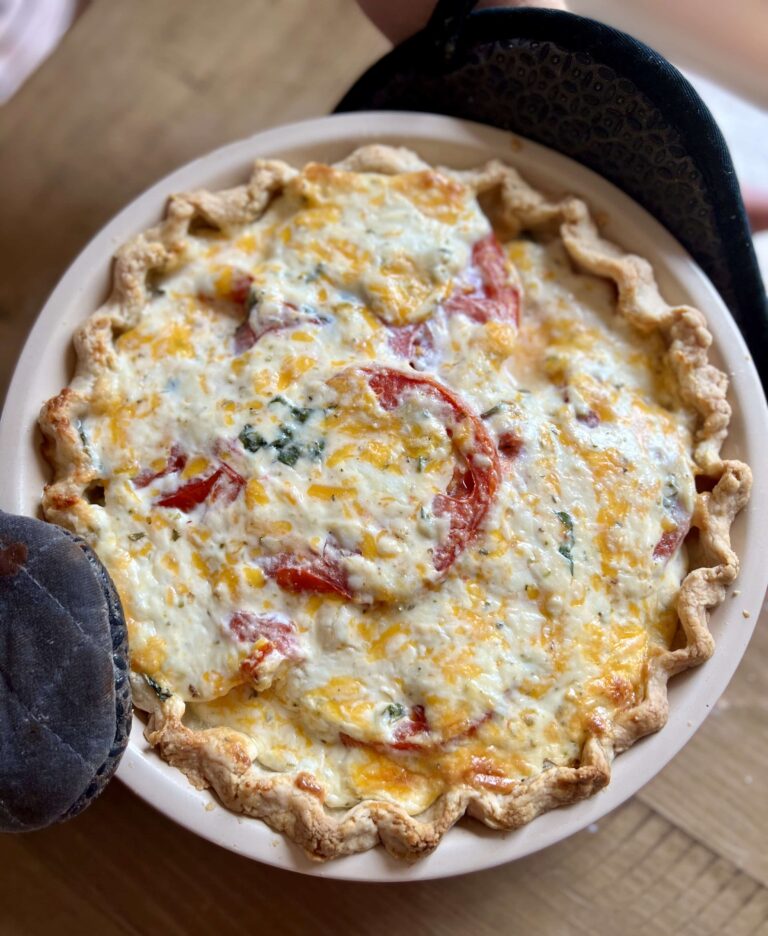
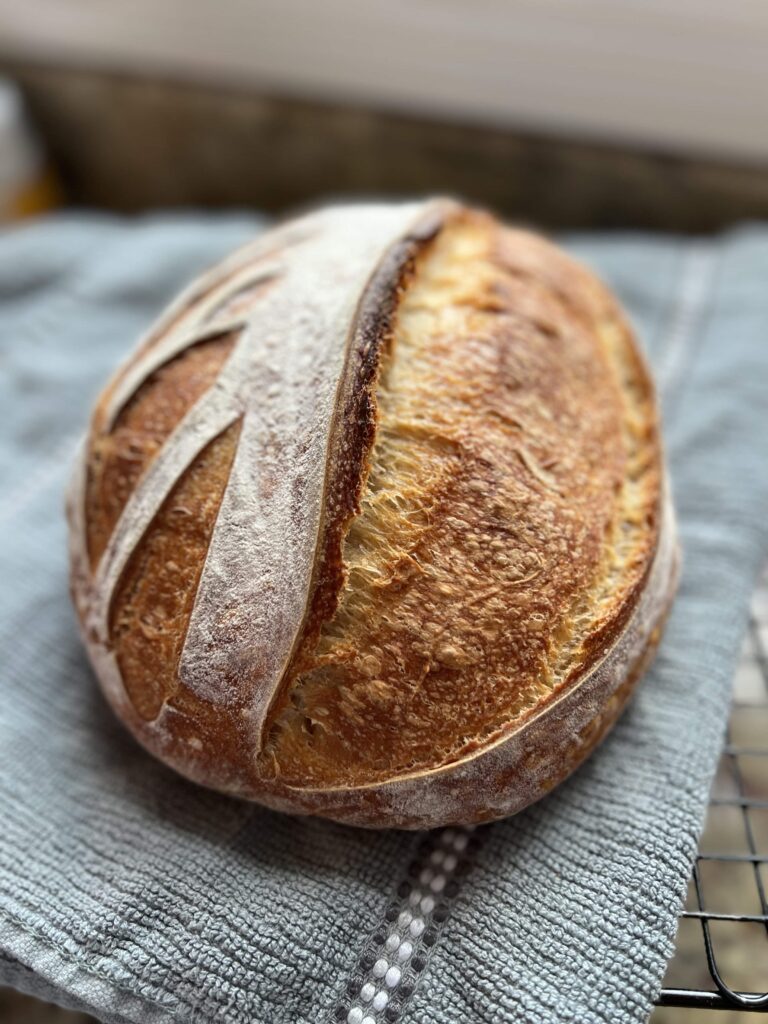
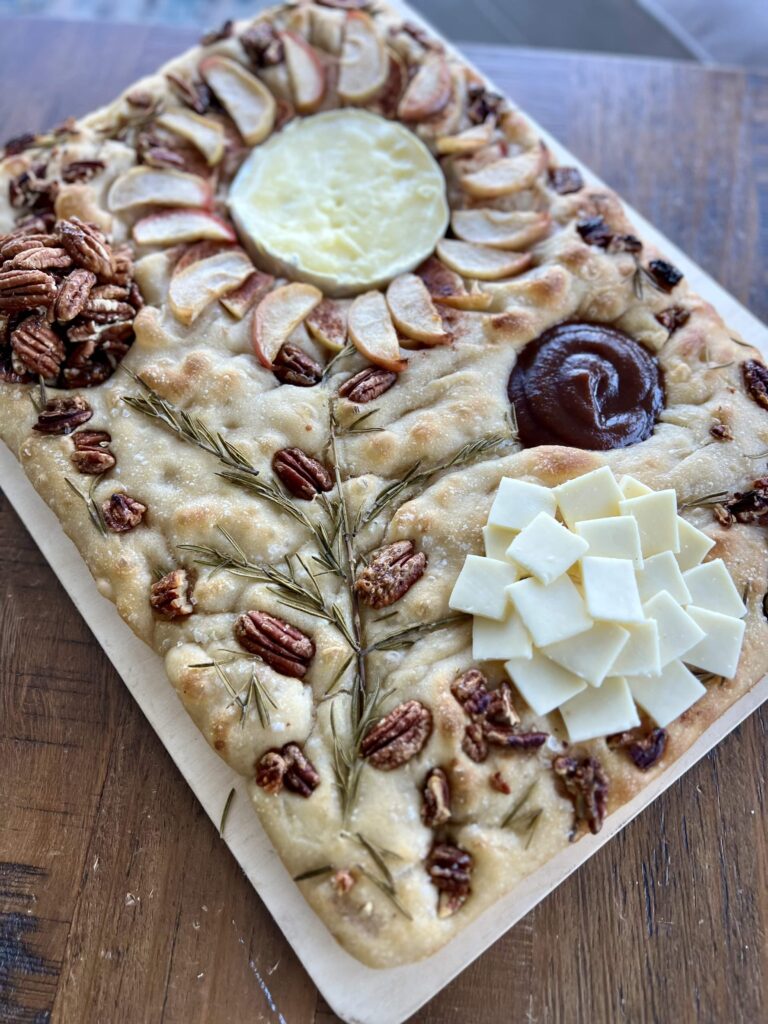
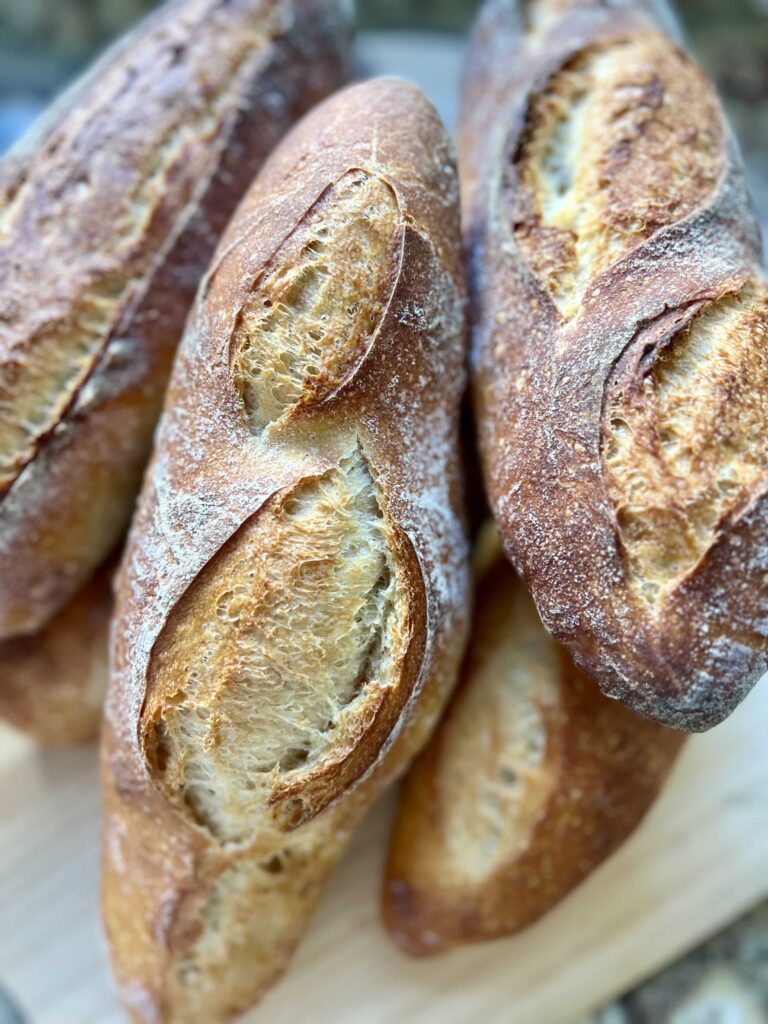
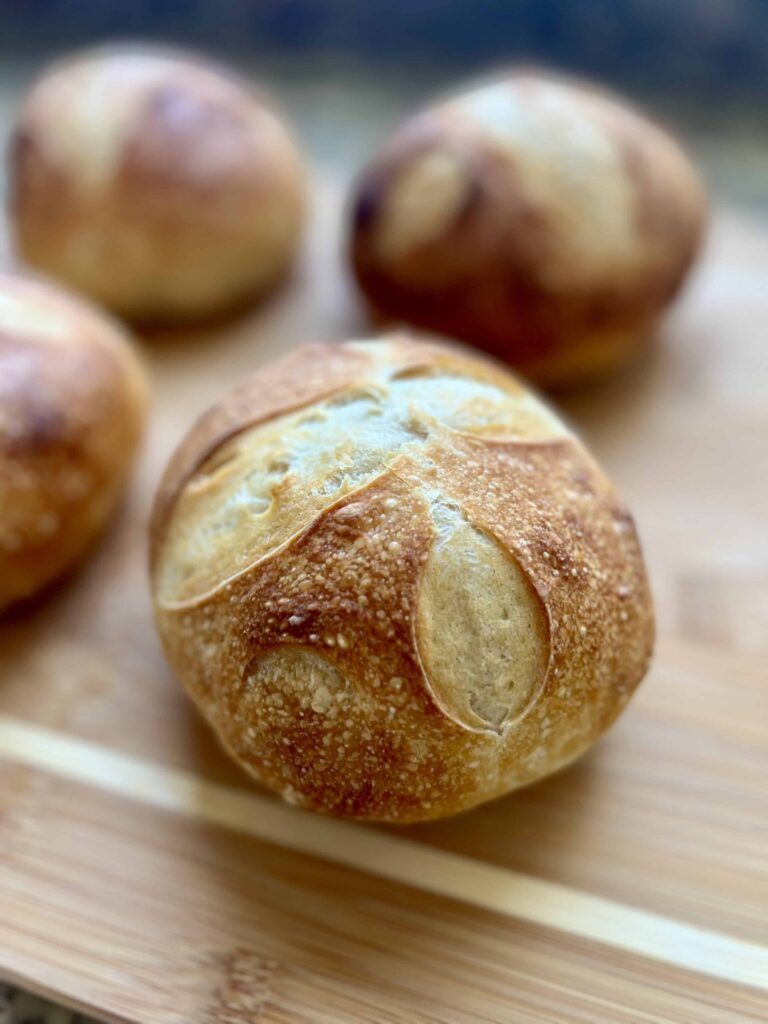
Your recipe’s are perfection!!! Thank you so much for sharing your expertise!!! I love seeing alll if y try our beautiful creations! Best regards,
Chris
Thank you! I really appreciate your kind words. So glad you are loving the recipes.